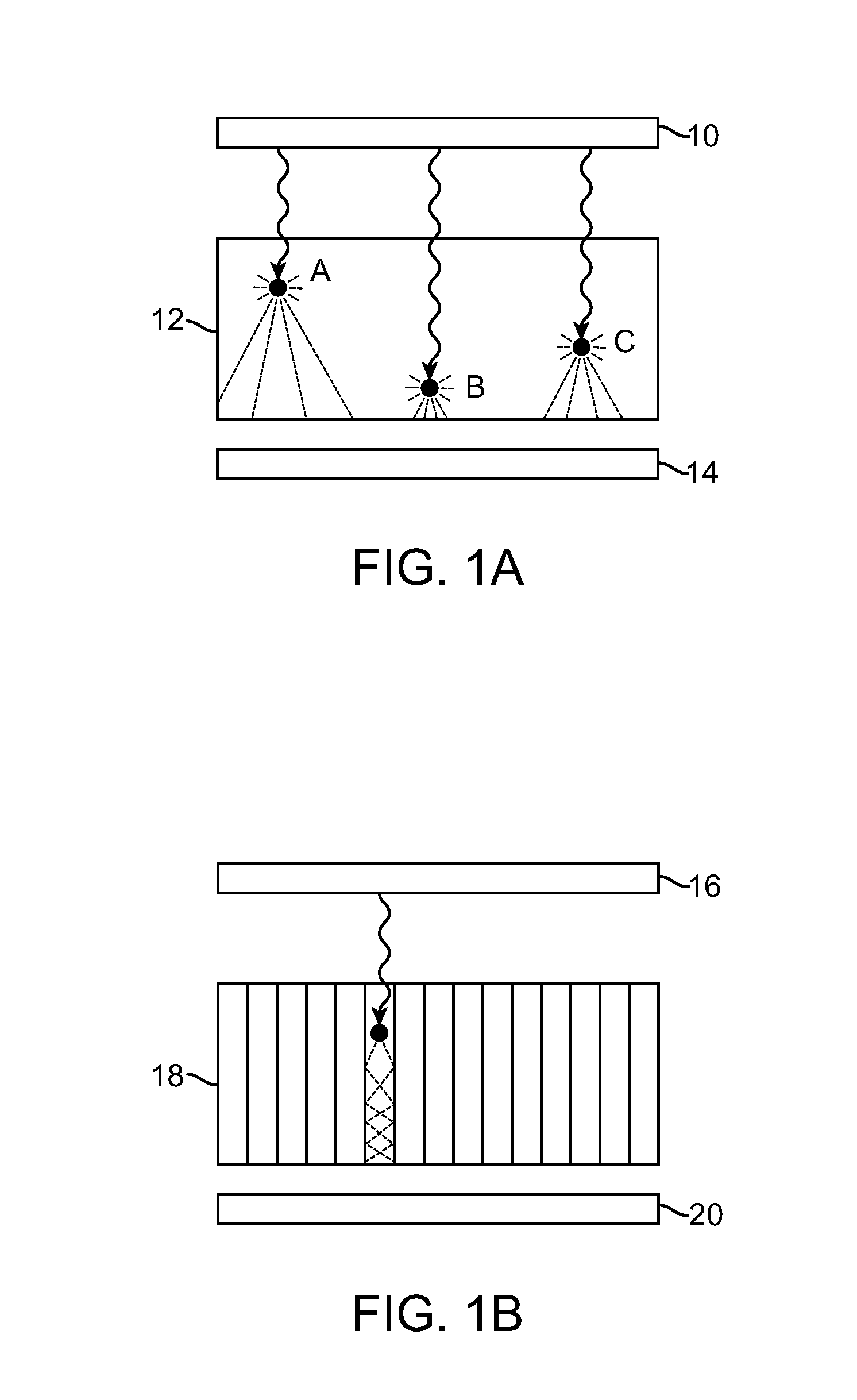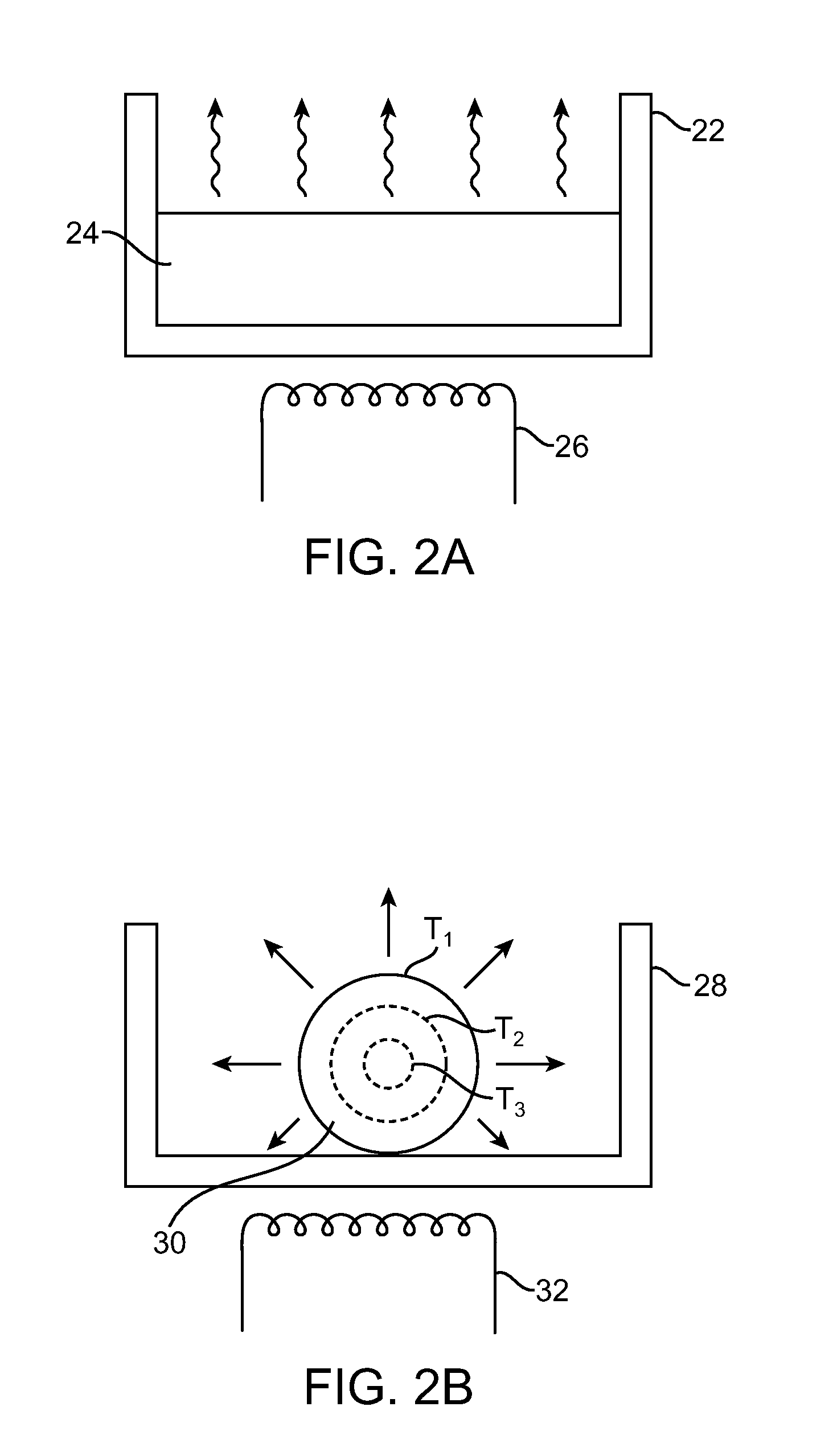ZnSe scintillators
a zinc selenide and scintillator technology, applied in the field of microcolumnar zinc selenide scintillators, can solve the problems of difficult prediction or production of specific compositions/formulations and structures having both scintillation and the capability of imaging at a high resolution
- Summary
- Abstract
- Description
- Claims
- Application Information
AI Technical Summary
Benefits of technology
Problems solved by technology
Method used
Image
Examples
examples
[0061]The present examples provides characterization of microcolumnar, doped ZnSe scintillators according to an embodiment of the present invention. The examples provided herein are offered by way of illustration, not by way of limitation.
[0062]In one embodiment, films of ZnSe:Te in the range of 25 μm to 85 μm thickness were produced and tested for performance characteristics, the results of which are further described herein below. For detection of low energy X-rays, these films offered >80% X-ray absorption; up to a factor of three greater light emission (90,000 to 180,000 ph / MeV) compared to the highest known conversion efficiency scintillators; fast decay time in the microsecond range; virtually no afterglow, and an excellent radiation resistance. Furthermore, the 550 nm to 900 nm light emission, peaking at about 650 nm to 750 nm depending on the dopant concentration, of ZnSe:Te provides an excellent match to the quantum efficiency of the EMCCD sensor that are preferred as photo...
PUM
| Property | Measurement | Unit |
|---|---|---|
| thickness | aaaaa | aaaaa |
| diameter | aaaaa | aaaaa |
| pressure | aaaaa | aaaaa |
Abstract
Description
Claims
Application Information
 Login to View More
Login to View More - R&D
- Intellectual Property
- Life Sciences
- Materials
- Tech Scout
- Unparalleled Data Quality
- Higher Quality Content
- 60% Fewer Hallucinations
Browse by: Latest US Patents, China's latest patents, Technical Efficacy Thesaurus, Application Domain, Technology Topic, Popular Technical Reports.
© 2025 PatSnap. All rights reserved.Legal|Privacy policy|Modern Slavery Act Transparency Statement|Sitemap|About US| Contact US: help@patsnap.com



